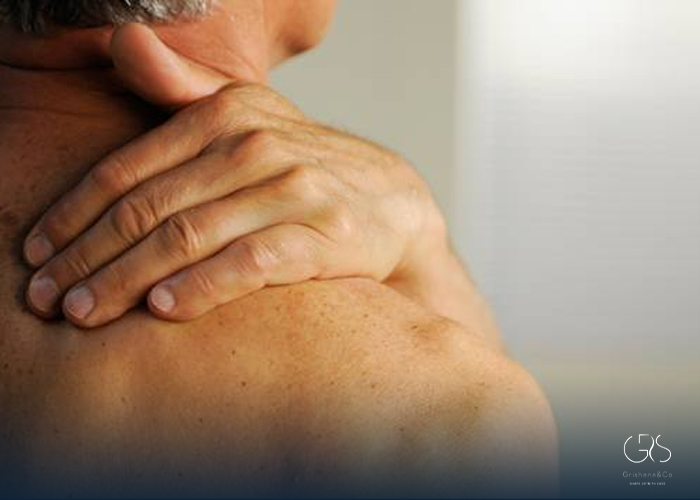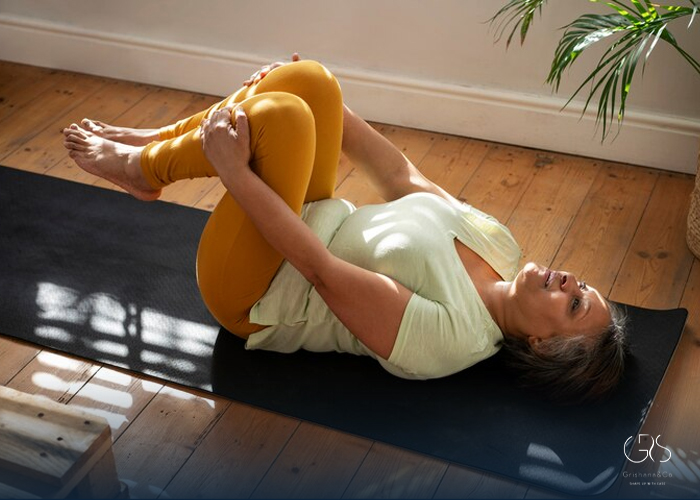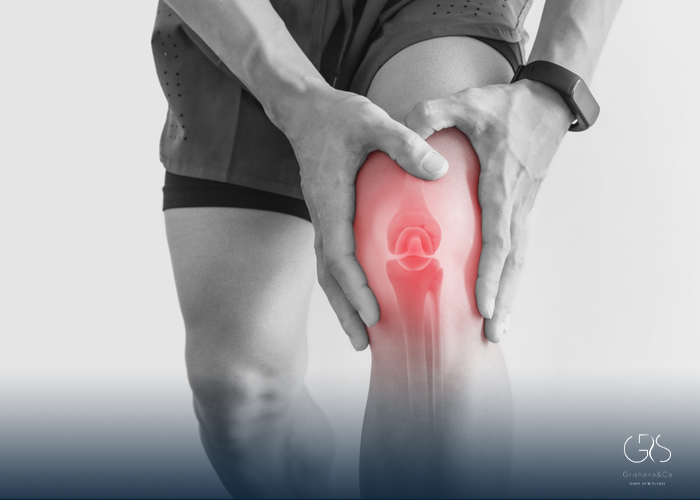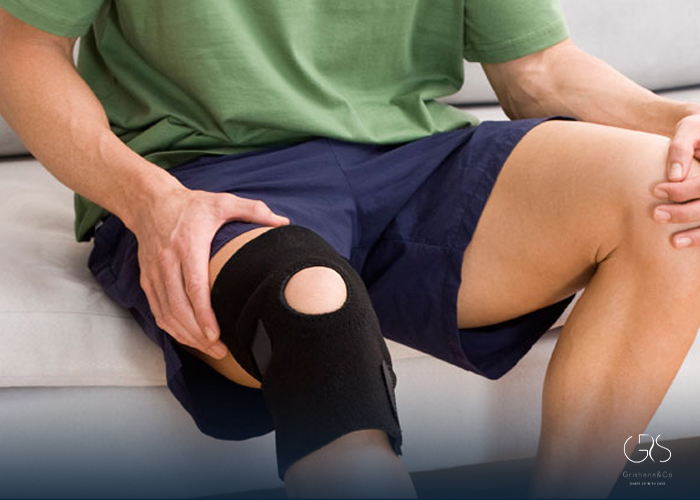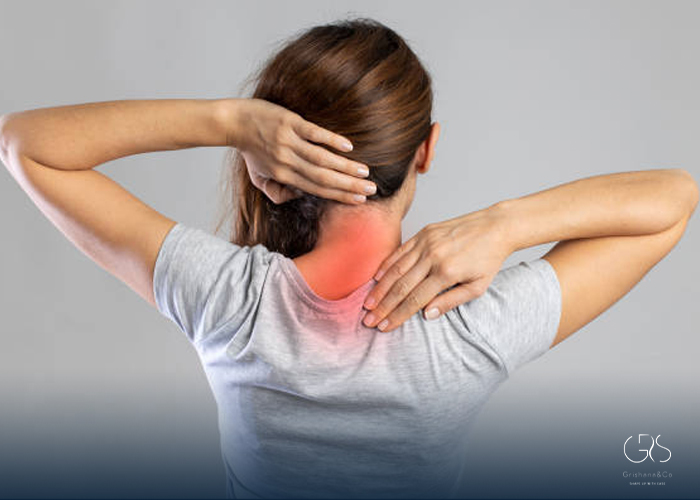Hand pain is common, ranging from temporary overuse to arthritis, nerve compression, cysts, fractures, or infection. Knowing what is urgent and what you can safely manage at home helps you act early and avoid long-term stiffness. This guide explains how clinicians think about diagnosis and lays out practical, evidence-based steps for hand pain treatment across the most frequent conditions.
Medical disclaimer: This article is educational and not a substitute for personal medical care. Seek urgent help for red flags listed below.
Hand pain treatment: Quick Overview
At a glance, hand pain treatment follows the cause. Most problems improve with a combination of activity modification, short-term splinting, targeted exercises, topical or oral medicines, and—in selected cases—injections or surgery. The key is to match the approach to the diagnosis and to escalate when symptoms persist or function is limited.
Common buckets clinicians use:
Tendon and sheath problems (De Quervain’s, trigger finger)
Nerve compression (carpal tunnel syndrome)
Joint disease (osteoarthritis, inflammatory arthritis, gout)
Lumps and bumps (ganglion cysts)
Injury (sprains, fractures, contusions)
Infection (e.g., flexor tenosynovitis)
Referred or systemic causes (neck issues, vibration exposure at work)
What Causes Hand Pain
Repeated gripping or thumb-side lifting may irritate tendon sheaths; prolonged wrist flexion/extension can compress the median nerve; age-related cartilage wear leads to osteoarthritis, especially at the thumb base; crystal deposition triggers gouty flares; and acute injuries strain ligaments or break small bones. Some problems, like flexor tendon sheath infection, progress rapidly and threaten function without prompt care. A clinician narrows the cause with targeted history and examination, then tailors management.

Hand pain treatment at Home
For many mild injuries, you can begin hand pain treatment immediately:
Protect & modify activities. Brief relative rest (not total immobilization) reduces irritation while you keep the rest of the hand moving.
Cold in the first 48–72 hours for sprains/strains. Apply an ice pack wrapped in a cloth for up to 20 minutes every 2–3 hours, then transition to gentle warmth and mobility as comfort allows.
Splints/braces used short-term. Night wrist splints help nocturnal numbness from carpal tunnel; thumb spica splints support the thumb base or De Quervain’s. If a splint worsens stiffness, reduce wear time and emphasize gentle motion.
Topical medicines first for arthritic joints. For hand osteoarthritis, guidelines emphasize topical NSAIDs (e.g., diclofenac gel) before oral NSAIDs, plus education and exercise programs.
Over-the-counter analgesics. Paracetamol or NSAIDs reduce pain and swelling for sprains after the first couple of days (avoid in the first 48 hours post-injury).
If symptoms persist beyond 2–6 weeks, if you cannot perform daily tasks, or if numbness or weakness is progressing, home-based hand pain treatment is no longer enough—book a clinical assessment.
Condition-by-Condition: What To Do
Carpal tunnel syndrome (median nerve compression)
Typical features include nocturnal numbness and tingling in the thumb, index, and middle fingers, with symptoms worsened by sustained wrist flexion or repetitive tasks. Initial hand pain treatment focuses on night splinting and activity modification. Splinting and a single corticosteroid injection can provide short-term relief, and surgery (carpal tunnel release) provides durable benefit when conservative measures fail.
What to expect in clinic:
Wrist and hand exam, sometimes nerve conduction studies to confirm diagnosis
Discussion of options: continued splinting, a steroid injection, or surgical release if moderate–severe
De Quervain’s tenosynovitis (thumb-side tendon sheath irritation)
Pain worsens with lifting, twisting, or thumb-extended activities. Splints must immobilize both wrist and thumb; many patients respond to a thumb spica and activity changes. When splinting and therapy are not enough, corticosteroid injection relieves pain in most cases; surgery is reserved for persistent cases. Thoughtful hand pain treatment here blends splinting, graded loading, and, if needed, injection.
Trigger finger (stenosing tenosynovitis)
A digit catches or locks when you flex and extend, sometimes with a tender nodule at the base. First options include splinting and corticosteroid injection, which can resolve symptoms for many people; persistent locking may require a brief outpatient release procedure. Clinicians tailor hand pain treatment to symptom duration, severity, and prior response.
Osteoarthritis of the hand (often thumb base)
Core strategies are education, exercise/hand therapy, and joint protection. Guidelines support topical NSAIDs and, for thumb-base OA, a hand orthosis. Oral NSAIDs are options when topical therapy is inadequate. Supplements like glucosamine or chondroitin are not recommended by major guidelines. For short-term flares, a steroid injection may help, but repeated injections are limited. A surgical opinion is reasonable when pain and dysfunction persist despite a comprehensive hand pain treatment plan.
Gout flares involving the hand/wrist
Sudden, intensely painful, red, hot joints point toward a gout flare. Acute management includes colchicine, NSAIDs, or corticosteroids. For people with recurrent flares, tophi, or joint damage, experts recommend long-term urate-lowering therapy to maintain low uric acid levels. In this context, hand pain treatment pairs acute-flare control with long-term metabolic management.
Ganglion cysts of the wrist/hand
These fluid-filled sacs can fluctuate in size and often cause pressure-type pain with wrist motion. Many can be observed; aspiration may temporarily decompress a cyst but recurrence is common. Surgical removal is considered when pain or function is significantly limited. Shared decision-making is essential to balance benefit and recurrence risk within your hand pain treatment plan.
Sprains, contusions, and minor fractures
A fall onto the hand commonly causes wrist sprains; early care centers on protection, short-term immobilization, cold therapy, and progressive motion. Severe pain, deformity, or inability to move the fingers warrants imaging to rule out fractures such as metacarpal (“boxer’s”) or scaphoid injuries. Follow a structured rehab path once fracture or significant ligament injury is excluded.
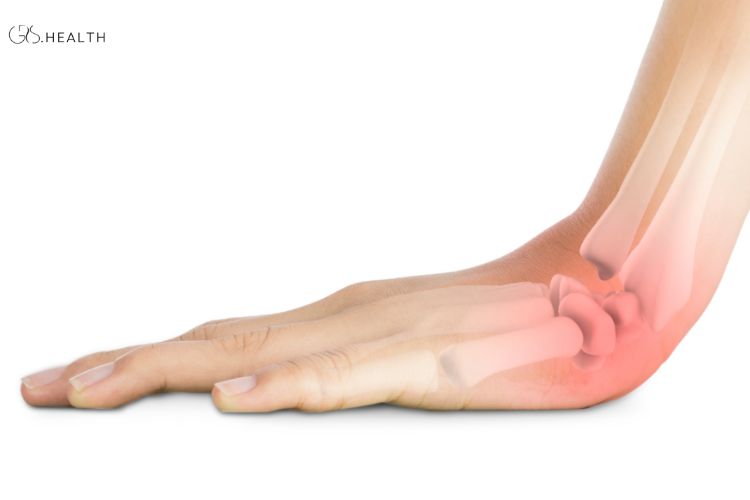
Infections that cannot wait (flexor tendon sheath infection)
Pyogenic flexor tenosynovitis presents with classic signs: a finger held in slight flexion, fusiform swelling, tenderness along the flexor sheath, and pain with passive extension. This is a surgical emergency: most patients need urgent washout plus antibiotics to prevent tendon damage or amputation. If you notice these signs, hand pain treatment is immediate hospital care—do not delay.
When hand pain treatment Requires Specialist Care
Seek same-day or emergency assessment when hand pain treatment at home is failing and you have any of the following red flags:
Red, hot, swollen joint with fever or feeling unwell
Open wound, bite, spreading redness, or severe throbbing pain
Obvious deformity after injury or inability to move fingers
Progressive numbness, weakness, or dropping objects
Inability to fully bend/straighten a finger or sudden swelling after a pop
New tender swelling, or a cold, pale, or blue hand
Symptoms not improving after 2–6 weeks of self-care
What to Expect at the Clinic
History and examination. Your clinician maps symptoms to structures (tendons, joints, nerves) with tests such as Finkelstein for De Quervain’s or Phalen/Tinel for carpal tunnel, checks strength and sensation, and looks for swelling, warmth, deformity, or locking.
Testing. Imaging is selective. X-rays evaluate fractures or arthritis; ultrasound visualizes tendon sheath inflammation or cysts; nerve conduction studies assess carpal tunnel severity; and blood tests help when gout or rheumatoid arthritis is suspected.
Clinic-based treatments.
Hand therapy. Targeted exercises, tendon-gliding, edema control, and joint protection training support recovery.
Injections. Corticosteroid injections are used for trigger finger, De Quervain’s, selective OA joints, and short-term relief in carpal tunnel.
Surgery. Considered for severe, recurrent, or refractory cases (e.g., carpal tunnel release, trigger finger release, De Quervain’s decompression, ganglion excision).
Prevention and Everyday Habits
Vary tasks and take micro-breaks. Frequent pauses with gentle range-of-motion help tendons glide without irritation.
Neutral wrist strategies. Adjust tools, mouse/keyboard height, and grip size to avoid extreme wrist positions.
Protect against vibration. Long-term exposure to vibrating hand-held tools can cause hand-arm vibration syndrome; use antivibration gloves, maintain tools, and follow safety limits.
Condition-specific supports. Thumb spica braces for De Quervain’s or thumb-base OA; soft night splints for carpal tunnel; task-specific orthoses for heavy work.
General health matters. Good glucose control, smoking cessation, and healthy weight reduce nerve and joint stress and improve outcomes across many hand conditions.
The Bottom Line
Start with an accurate diagnosis and a staged plan. For many problems, conservative care—education, short-term splinting, graded exercises, and topical medicines—works well. Escalate timely to injections or surgery when symptoms persist, function drops, or red flags appear. With a structured approach to hand pain treatment, most people regain comfort and dexterity.
Conclusion
Start with an accurate diagnosis and a staged plan. For many problems, conservative care—education, short‑term splinting, graded exercises, and topical medicinesworks well. Escalate timely to injections or surgery when symptoms persist, function drops, or red flags appear. With a structured approach to hand pain treatment, most people regain comfort and dexterity.
Sources
- AAOS OrthoInfo, Carpal Tunnel Syndrome
- Cochrane Review, Splinting for carpal tunnel syndrome
- NICE CKS, Carpal Tunnel Syndrome: Management
- BSSH, De Quervain’s Syndrome
- NHS, Trigger Finger: Treatment





